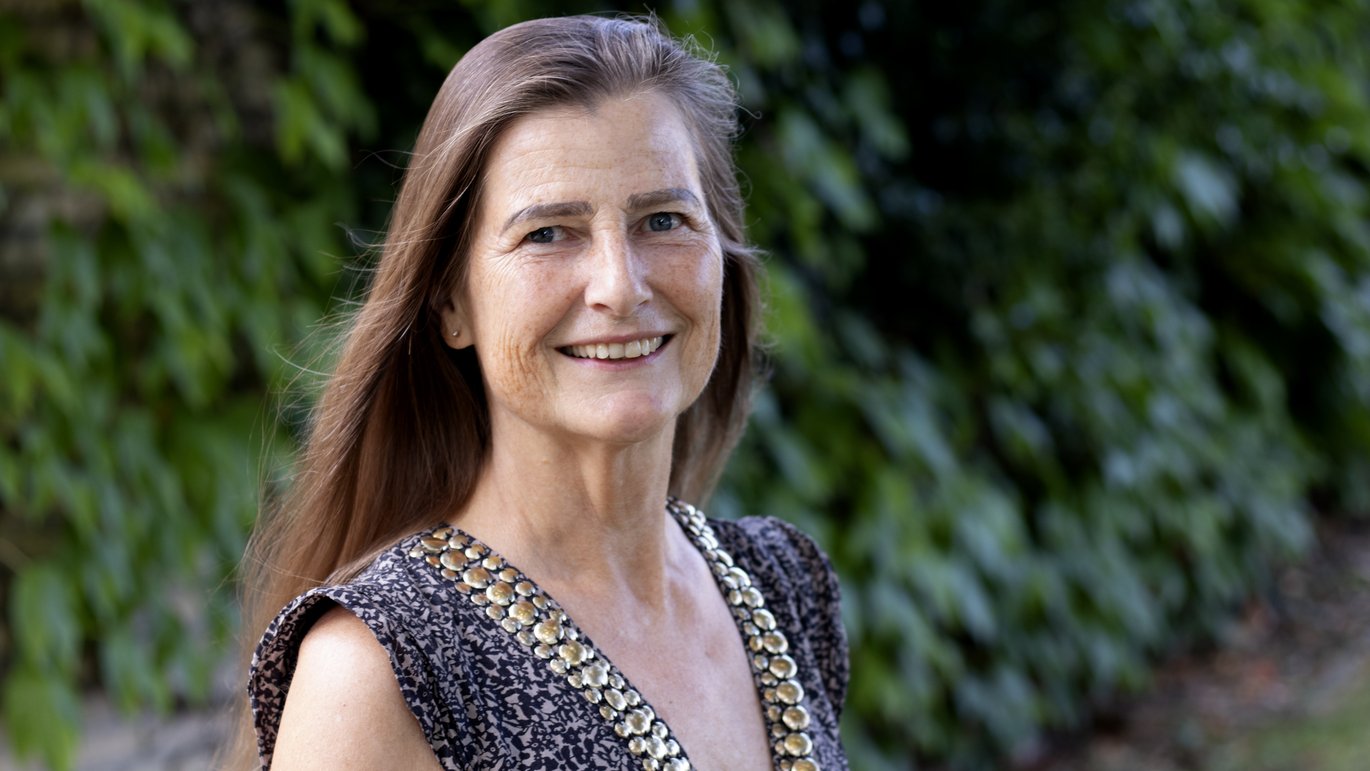The relationship between the patient and the healthcare professional is crucial
What happens in the communication when patients find the efforts of the healthcare staff helpful? This is described by a research result from Department of Public Health.

“Who am I with chronic pain, and how do I live my life with it?” It makes a big difference when the patient is helped to understand precisely this, shows research from Department of Public Health at Aarhus University.
Associate Professor Sanne Angel has analysed 20 interviews with patients suffering from lower back pain – one of the most common public health problems. Ten of the interviewees felt better after contact with the health care system, while ten experienced little effect or even felt worse.
“Sometimes the patient’s pathway through the health service has reduced or eliminated the pain, without the researchers being able to determine exactly which factors produced the result,” says Sanne Angel.
But why is it possible to help some patients and not others? In the study, she analyses patients’ experience of being helped, and distils the experience into ten factors.
It makes a difference when the patient is:
- Invited to talk about his or her own perspective
- Met with trust
- Listened to
- Understood
- Relieved of a burden
- Given physical guidance
- Offered knowledge that helps to create a new understanding
- Consulted for an appropriate intervention
- Legitimised as ill due to the recognition of health staff
- Followed up
The unusual thing about the study is that it illuminates something that can be difficult to define in concrete terms – namely the significance of the relationship. Both professionals and patients value the relationship, but what is it actually about?
“Feeling helped starts when you are allowed to tell your story. You are not alone if your problem is recognised by a professional,” says Sanne Angel.
“It is crucial to invite the patient to talk about his or her own perspective. One of the things that really struck me was that when we listened to the patients, the patients listened to themselves. The process of recognition that takes place helps us to support a meaning-seeking process,” she says.
The patients summed up the experience as being taken seriously: an experience which, in the article, Sanne Angel explains at a more nuanced level, using Heidegger’s philosophy.
“It means that the healthcare professional helps the patient to understand: Who am I, and how I can live my life when I suffer from lower back pain? This is possible if health professionals, in addition to searching for facts to make a diagnosis, explore and listen to how these facts influence the patient’s identity and life,” she says.
“It calls for consideration that the healing takes place in the perception you have of yourself, your illness and your life situation. This is not new, but we still have a hard time facilitating it,” she says.
Not necessarily a matter of more time
According to Sanne Angel, it is a daily challenge for healthcare professionals to bridge the gap between the consultation’s fact-focused concern with the medical implications of lower back pain and the patient’s concern about the implications of the pain for his or her own personal identity and life.
“It’s not necessarily about spending more time with the patient, it’s about us needing to be genuinely interested in the patient’s perspective,” she says, and points out that the article may be necessary because it crystallises abstract terms into concrete behaviour. This can support health professionals in operationalising a caring attitude in their practice.
“It provides meaning on both sides of the table. My repertoire for what I can offer the patient will be much more qualified after I’ve listened to him or her – and it will be much better received by the person I’ve listened to.”
Behind the research results
- Qualitative study based on the hermeneutical-phenomenological tradition
- Read more in the scientific article: https://doi.org/10.1111/nup.12364
Contact
Associate Professor Sanne Angel
Aarhus University, Department of Public Health
Tel.: +45 5135 8576
angel@ph.au.dk